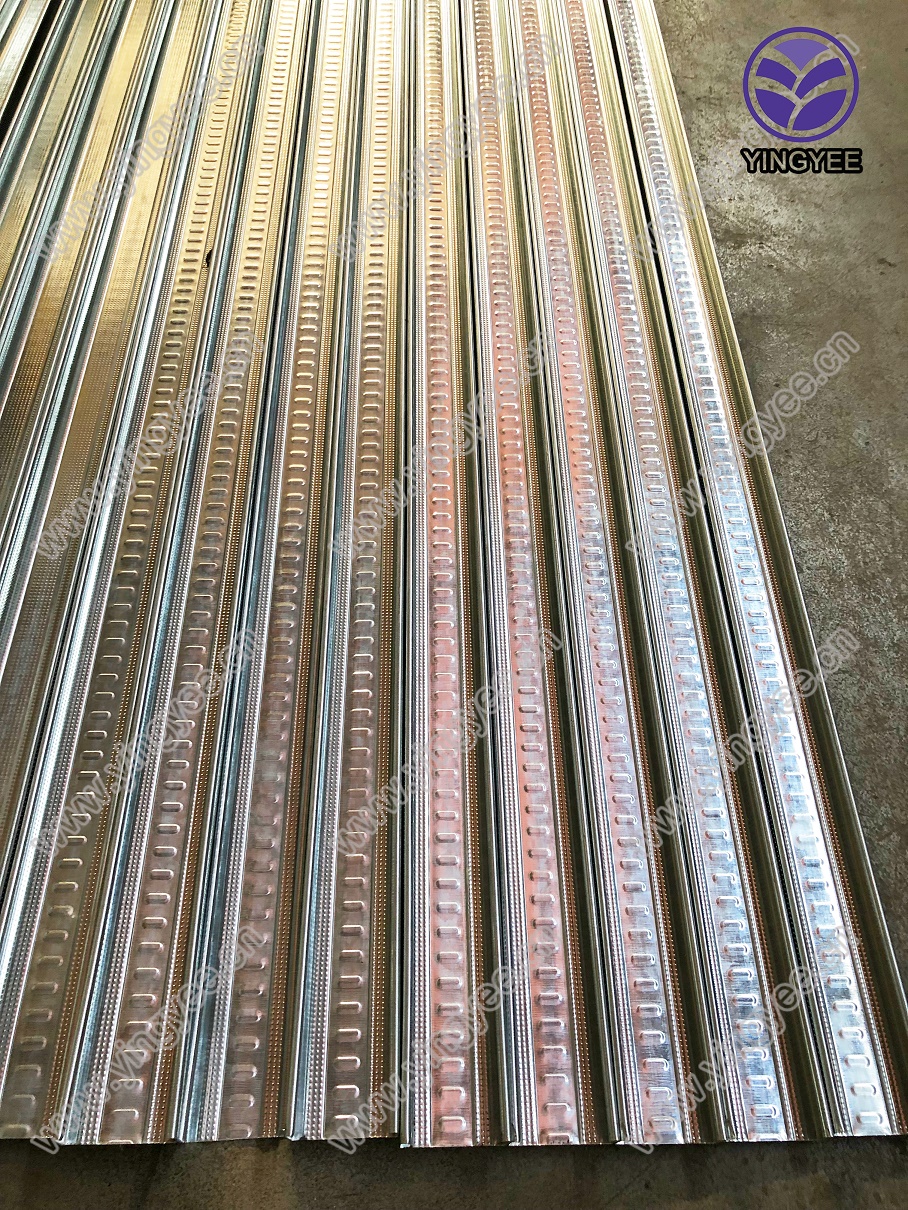
Understanding W-Beam Guardrail Cold Bending Machines
In the realm of road safety and construction, the importance of guardrails cannot be overstated. They are critical components designed to prevent vehicles from veering off the roadway and to minimize the severity of accidents. Among the various types of guardrails, W-beam guardrails are particularly popular due to their effectiveness and durability. To produce these essential safety features, manufacturers utilize specialized equipment, including the W-Beam Guardrail Cold Bending Machine. This article delves into the significance, functionality, and advantages of these machines in the production of W-beam guardrails.
What is a W-Beam Guardrail?
A W-beam guardrail is a type of metal barrier characterized by its ‘W’ shaped cross-section. This design effectively absorbs the impact of vehicles, providing reliable protection for drivers and passengers. W-beam guardrails are widely used on highways, roads, and bridges, usually made from high-quality steel to withstand harsh weather conditions and various loads. Their popularity stems from their excellent structural integrity and resistance to deformation, making them a preferred choice for traffic safety.
The Role of Cold Bending Machines
The fabrication of W-beam guardrails involves several processes, one of which is bending. Traditional bending methods often require significant heat, which can alter the properties of the metal. Cold bending, on the other hand, allows the metal to be shaped without the introduction of heat, preserving its structural integrity and strength.
A W-beam guardrail cold bending machine is specifically designed to perform this task efficiently. It operates by applying force to the metal to achieve the desired curvature while maintaining the material's inherent properties. This method not only enhances the quality of the final product but also ensures that the guardrails meet the stringent safety standards required in the industry.
Components and Operation of the Cold Bending Machine
A typical W-beam guardrail cold bending machine consists of several key components the frame, bending rollers, a feeding mechanism, and control systems.
1. Frame The robust structure of the machine supports the entire operation, providing stability during the bending process. 2. Bending Rollers These are the primary tools used to shape the metal. The rollers can be adjusted based on the thickness and width of the W-beam steel, allowing for customization.
3. Feeding Mechanism This component ensures that the metal sheets are fed into the machine smoothly. A precise feeding system is crucial for accuracy in the bending process.

4. Control System Modern machines are equipped with computerized control panels that allow operators to set parameters for the bending angle, speed, and other important factors, ensuring that the production process is efficient and consistent.
Advantages of Using Cold Bending Technology
Employing a cold bending machine for W-beam guardrail production comes with several advantages
1. Material Preservation Since cold bending does not expose the metal to high temperatures, the original material properties, such as strength and ductility, are preserved.
2. Precision and Consistency The use of advanced technology ensures that every bend is precise, leading to uniformity in production, which is essential for safety applications.
3. Increased Productivity Cold bending machines can operate at high speeds, significantly increasing output without compromising quality.
4. Cost-Effectiveness While the initial investment in cold bending machinery may be higher, the reduction in material waste and increased throughput often lead to lower production costs over time.
The Future of Guardrail Production
As infrastructure development continues to expand globally, the demand for effective and durable highway safety features like W-beam guardrails will grow. Innovations in cold bending technology and machinery will likely evolve, offering even more efficient and effective solutions for manufacturers. Companies investing in these advanced machines can expect enhanced production capabilities and improved product quality, thereby positioning themselves as leaders in the safety equipment market.
Conclusion
In conclusion, the W-beam guardrail cold bending machine plays a vital role in the production of one of the most essential safety devices on our roads. By leveraging advanced cold bending technology, manufacturers can produce high-quality guardrails that meet safety standards while also maximizing efficiency and reducing costs. As the need for robust traffic safety measures continues to rise, cold bending machines will undoubtedly remain crucial in the manufacturing landscape of road safety solutions.